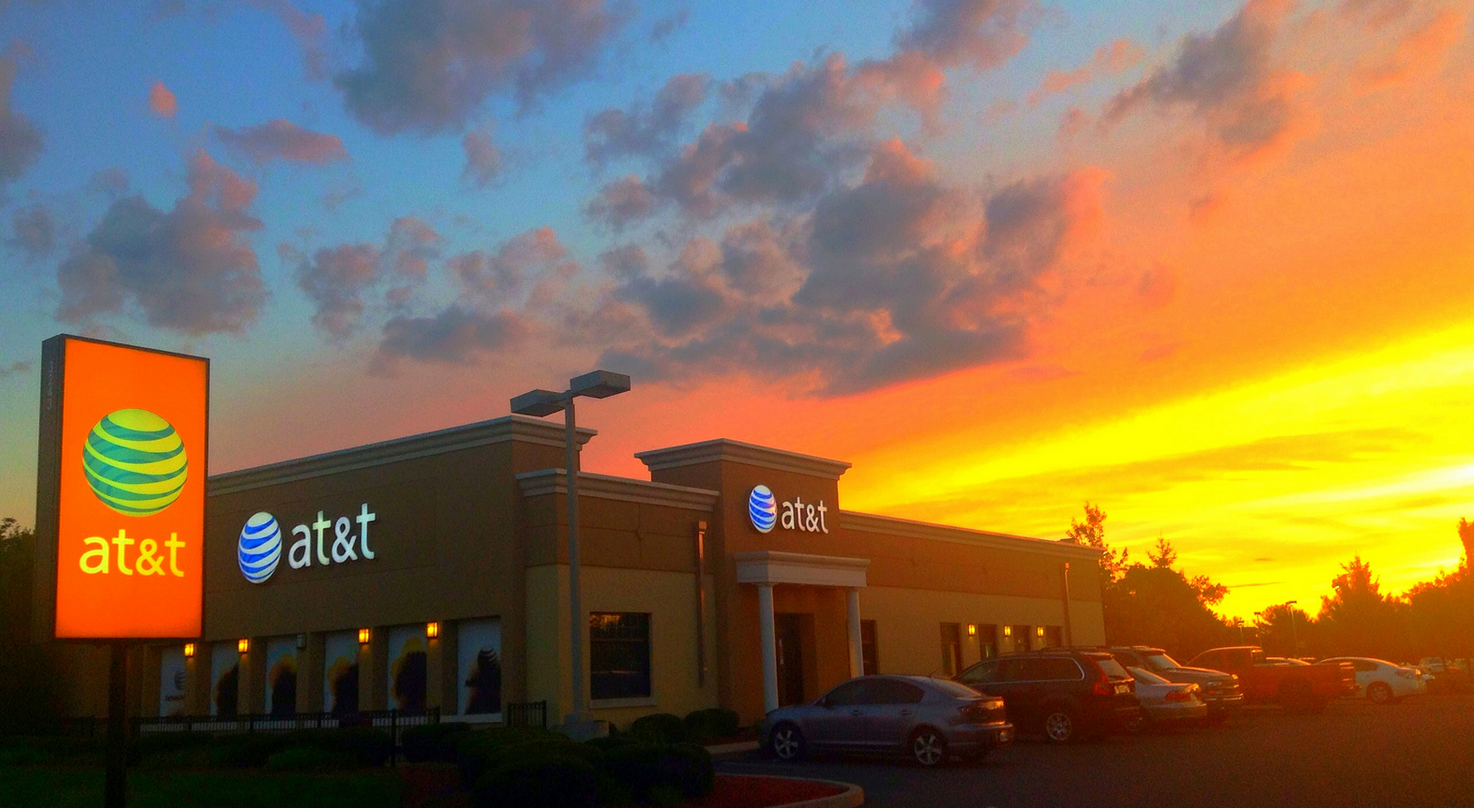AT&T Rollover Data A Good Idea In Theory, Useless For Some Real Users Image courtesy of (Steve)
Certainly people with wildly fluctuating data use exist. Sometimes you’re on a trip and have to e-mail full-resolution photos or bored at the car repair place and want to watch Instagram videos. For example.
When you tend to use most of your data for the month, though, there isn’t much to roll over, and this happens.

“Our overage was 275 MB and we had 60 MB in rollover data,” Tom wrote to Consumerist. “In the attached screenshot, you can see that first they take the 60 MB we had and applied it to our overage, so they’re now charging us for 143 MB of overage.”
If users paid by the megabyte, this wouldn’t be an issue, but they don’t. As you can see in the bill screenshot, the smallest quantity you can buy data in with the plan that Tom has is 1 GB. It doesn’t matter whether you’re over by one megabyte or 999: you’re still going to be charged for the full gigabyte of data whether you consume it or not. Where it says “143 MB charged at $15.00/1024 MB,” that’s where they have been charged for an entire gigabyte as the minimum unit.
Other plans have 300 MB or 500 MB as the minimum that customers have to buy after an overage, but those are plans that come with less data.
Of course, if they had stayed under 60 MB, then the rollover data would come in handy. They didn’t, and once a user goes over, it doesn’t make a difference by how much.
Rollover data is a great thing to advertise, but be sure to think critically about how things like this work in the real world, especially if you tend to run close to your data limit.
Want more consumer news? Visit our parent organization, Consumer Reports, for the latest on scams, recalls, and other consumer issues.


